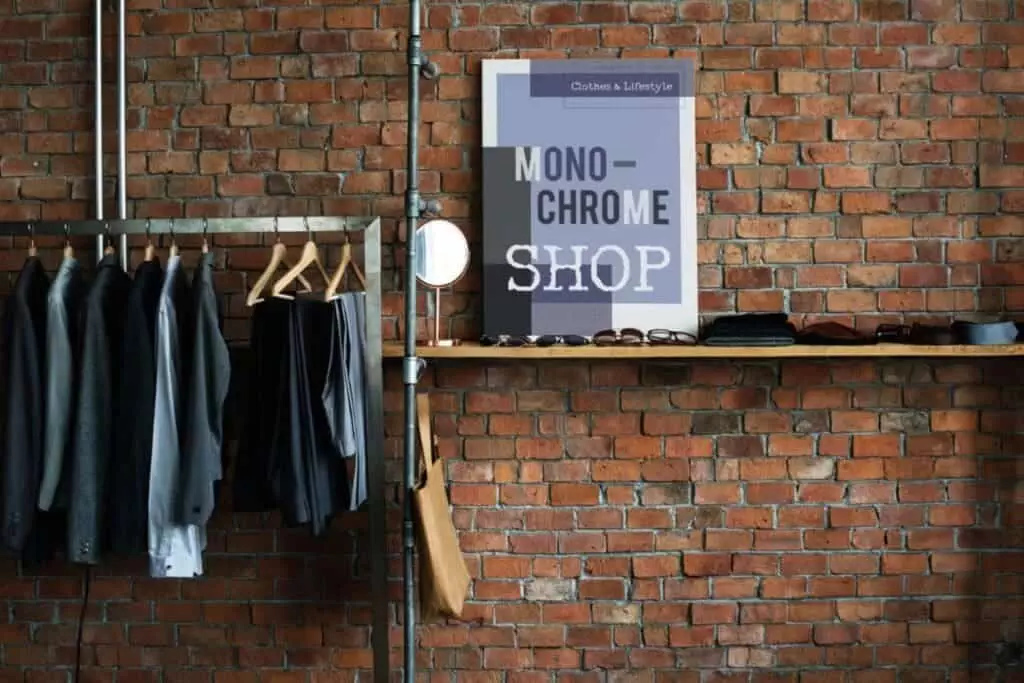Table of Contents
As the popularity of online shops and e-commerce stores continues to rise, opening a physical retail store might appear outdated. However, the reality is that neglecting this option can be a costly mistake.
It provides your customers with a physical point of contact with your brand—something that the internet can’t fully do. So, how do you go from pixels to bricks? Let’s dive straight into it.
Location, location, location
Picking the ideal site for your physical retail business is key to its long-term profitability. More than just a busy street, the ideal location is somewhere your target audience frequently congregates. It’s all about being visible, approachable, and collaborating with companies that enhance rather than contradict your brand.
Compile your homework by studying foot traffic patterns, knowing the neighborhood market, and even taking into account the psychological effects of the area around your store. Not only should a location draw a lot of traffic, but it should also make your potential clients feel welcome and eager to learn more about what you have to offer.

Design your physical retail to reflect your online persona
Consider your physical store’s design as the process of giving your website life. Think of your brick-and-mortar store as a space where your virtual brand identity comes to life. There are a couple of important steps you need to take to put this into practice.
First, identify recognizable components of your brand, such as logos, colors, and fonts, but also think about how the structure of your store might reflect how users interact with your website. For example, if your website is renowned for having simple navigation and a minimalistic design, your physical retail store ought to have similar features.
Next, incorporate scents that are in line with the brand or create a specially chosen playlist to appeal to the senses beyond sight. This holistic approach ensures that your customers’ in-store experience is not just a transaction but a meaningful extension of your online community.
Plan your inventory management operations
Efficient inventory management is the silent hero of a successful physical retail store. Customers expect consistency across online and offline channels, making inventory synchronization crucial. This is why you should discover comprehensive material handling solutions in Australia as a practical way to keep things under control. By streamlining your inventory flow, these solutions make sure that your products are available when and where your customers need them.
Stockouts and excess inventory can be greatly minimized by putting modern tracking systems, automated reordering, and predictive analytics into place. By providing a dependable shopping experience, this proactive strategy not only increases operational efficiency but also boosts customer happiness.

Implement an omnichannel approach
For your online and offline retail platforms to offer a consistent brand experience, you must have an omnichannel strategy. Using this strategy, your online and in-store activities will be integrated to allow customers to easily switch between the two.
Efficiency and customer satisfaction are increased by, for example, allowing customers to check online for product availability in-store or by offering choices for online order pickups at your physical site. Utilizing data from both channels can also provide insights into consumer behavior, allowing for more individualized marketing campaigns and better inventory control.
By reaching your consumers where they are, a successful omnichannel strategy not only makes your brand more visible on several platforms but also encourages a closer relationship with them.
Gather feedback and adapt
The transition from online to physical retail is an ongoing process of learning and adaptation. Customer feedback becomes invaluable as it offers direct insights into the strengths and weaknesses of your physical retail store. Encourage customers to share their thoughts through in-store surveys, feedback forms, and social media interactions.
This input is gold for refining your product offerings, store layout, and even your online strategies. Additionally, observing customer behavior and preferences in-store can uncover new opportunities for innovation that you might not have considered online.
Opening a physical retail store after operating exclusively online is a risky but potentially very profitable decision if executed properly. Creating a unified, omni-channel brand experience that makes the most of both worlds is the goal. Your five pillars are location, design consistency, astute inventory management, an integrated customer experience, and adaptability.
If you have these in place, your brand is well-positioned to thrive in the digital age and beyond. Now go ahead and manifest your brand in the real world, and observe as your company soars to new heights.


